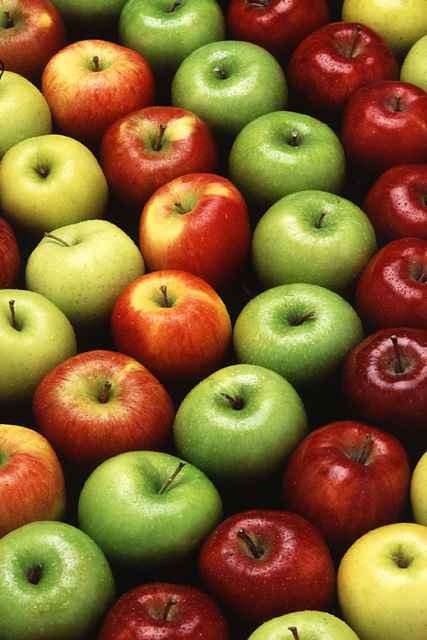History
While many of the technologies in use today for modern Genetic engineering, such as gene splicing, have only been in use for the last twenty to thirty years, the concept of genetic engineering goes back to the dawn of agriculture. Humans have always sought to improve crops and livestock with selective breeding, making better combinations of genes, or new species all together. Almost all of the crops that we consider to be staples today were refined through primitive genetic modification techniques in the last few thousand years. For example, today’s “wild corn” was actually bred from a variety of grasses over five thousand years. Why, then is genetic engineering portrayed as a new development that has such “dangerous” potential?



http://sacredday.files.wordpress.com/2009/02/teosinte-f1-maize1.jpg http://www.holyrootfarm.com/HRF_images/Apple_Rows_USDA_k7252-65.jpg http://www.semena.org/sort/squash/image/ESKENDER.jpg
One reason is that our technology for genetic engineering today is much more efficient than it was one hundred or even fifty years ago. Making changes in crops took much longer as farmers had to use cross breeding technologies which could take months or years to produce a new product. Nowadays, scientists have the power to more efficiently change specific genes. Larger and more significant changes can be made to crops on a short time frame, which can make the public feel overwhelmed or like the changes made through ag biotech are quickly spiraling out of control.
Timeline of GM Foods in the United States
1977- Jeff Schell, Marc Van Montagu discover the gene transfer mechanism between Agrobacterium and plants, which gives rise to a whole new area of potential for injecting DNA into plant cells
1994- The first genetically engineered crop marketed in the US, the FlavrSavr tomato, is approved by the FDA for human consumption. This was not much of a success, as the price was much higher than that of other tomatoes, and consumers saw no real benefits of purchasing this variety of tomato.
1994- Agrow Seed Company’s virus-resistant squash is the second GM crop available in the United States
1996- Researchers at Monsanto begin marketing the Roundup Ready Soybean, a variety engineered to withstand the toxins used in Monsanto’s popular Roundup herbicide.
1996- GM corn varieties are introduced to the American market
1999-GM corn accounts for about one third of total corn planted in the US (abou t 11million hectares). Most of these GM crops have the Bt gene for natural insecticide, originating from Bacillus thuringiensis. At this time, about 40% of American cotton also contains the Bt gene.
2000- More than 40 varieties of GM crops are legally marketed in the United States
What are some of these technologies, and how have they changed the way we genetically engineer our foods? Check out our Technologies page